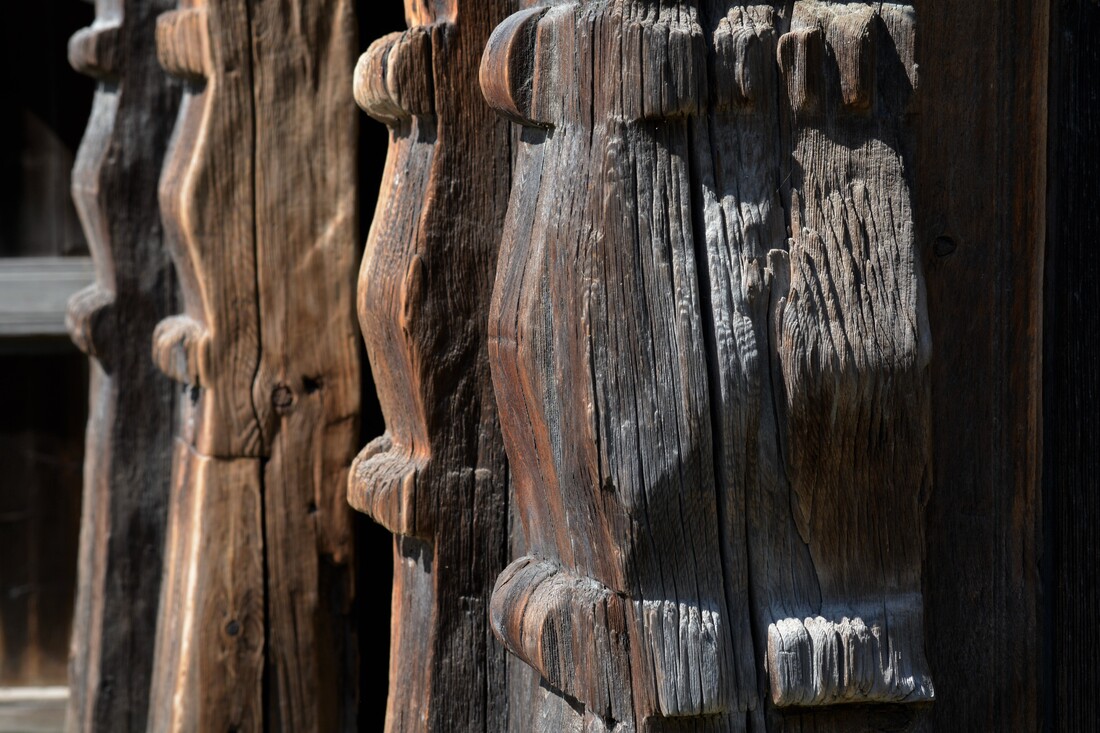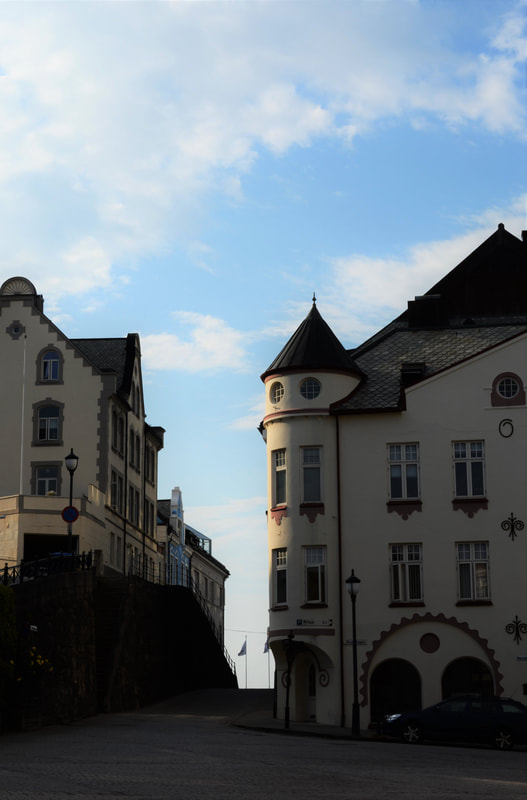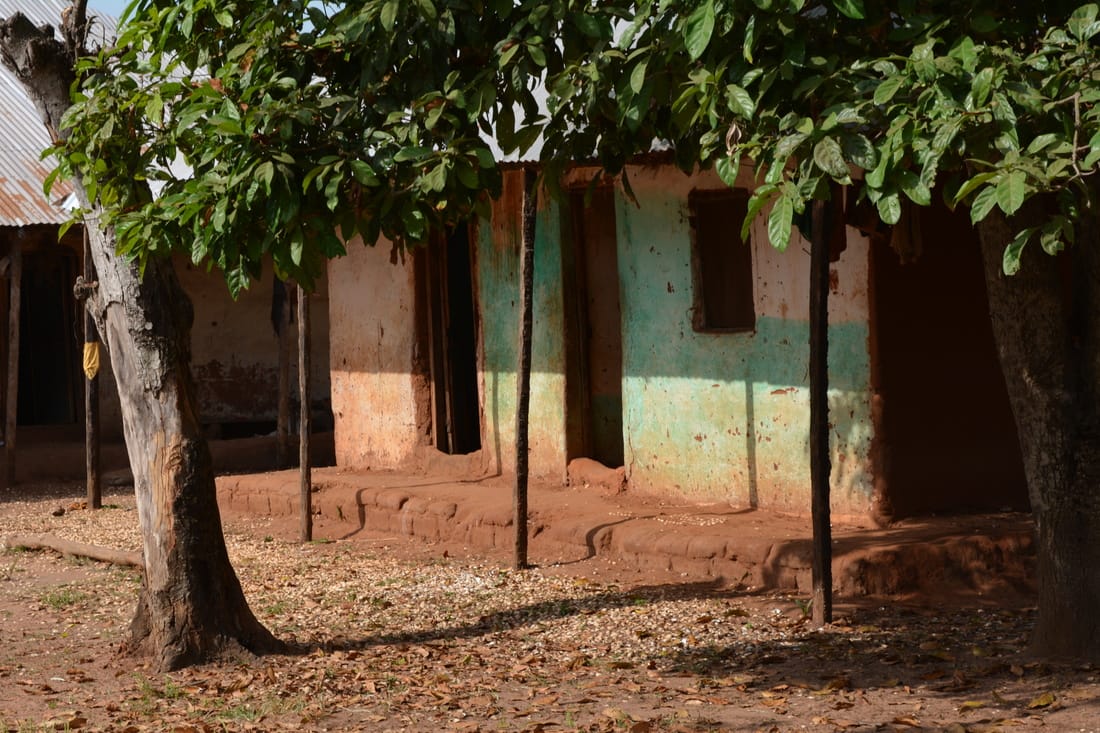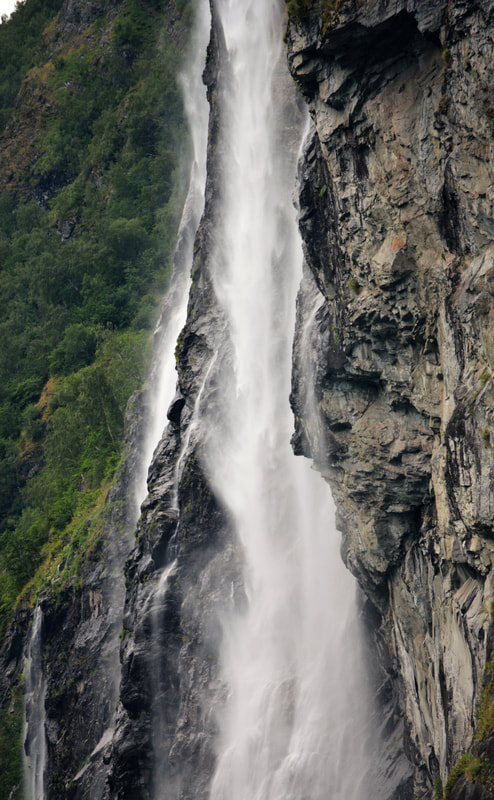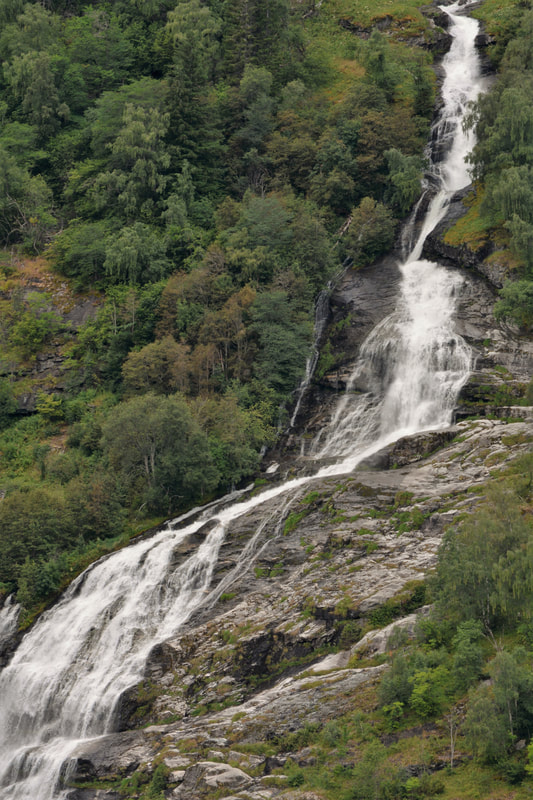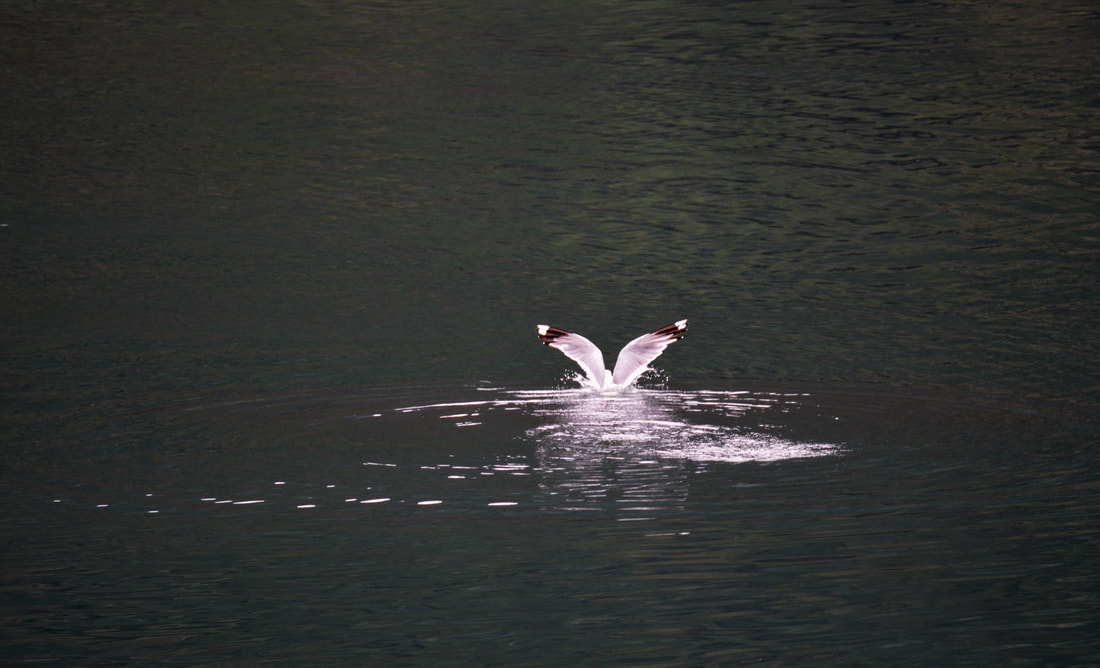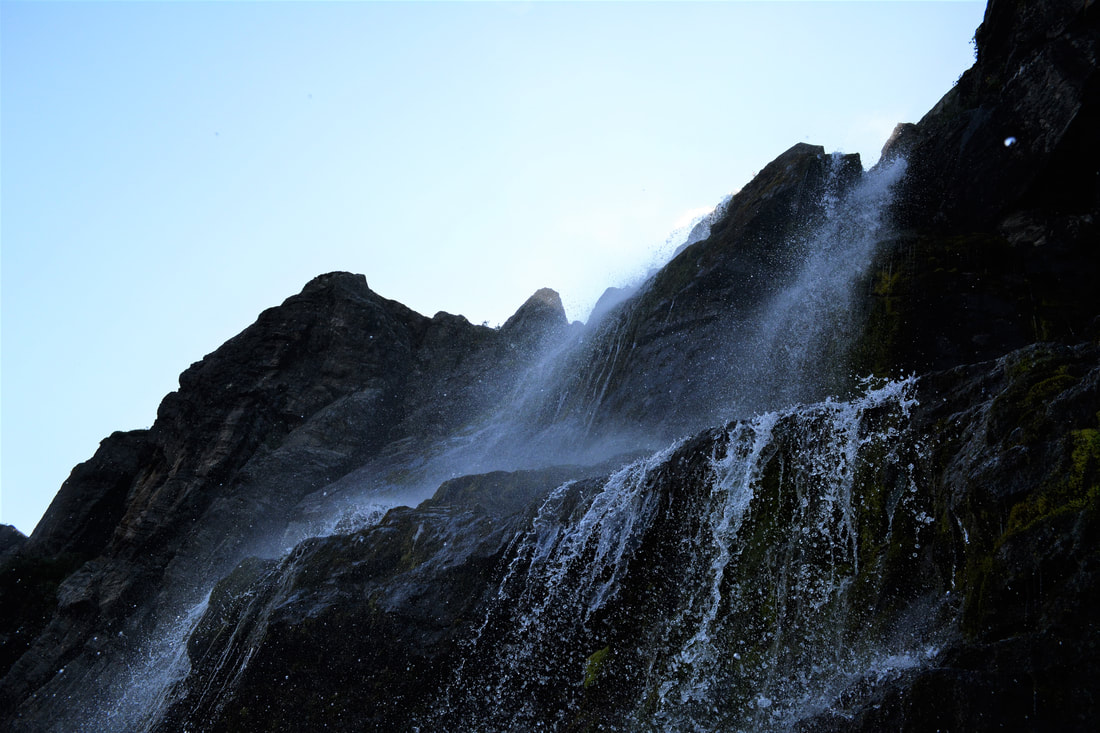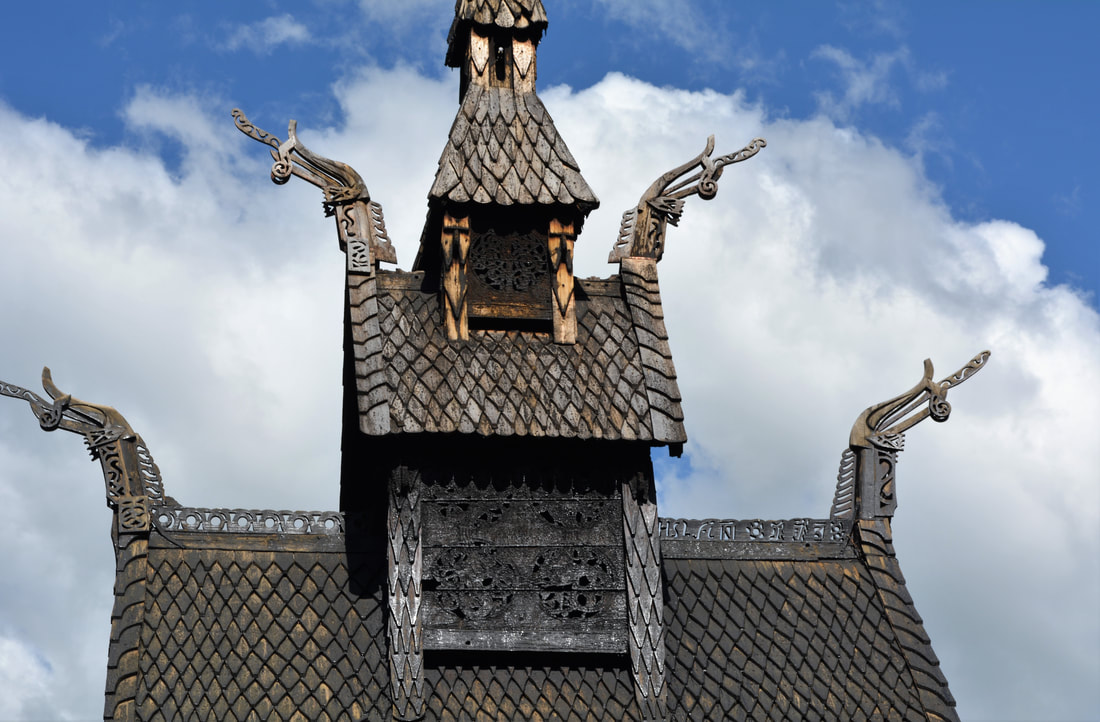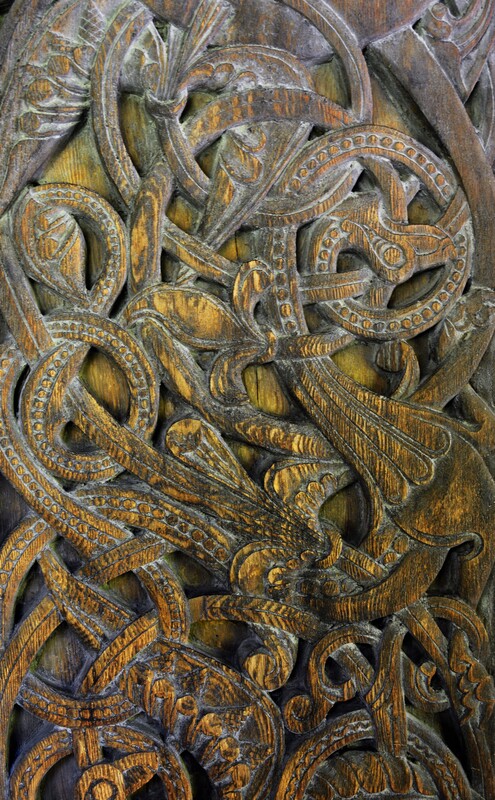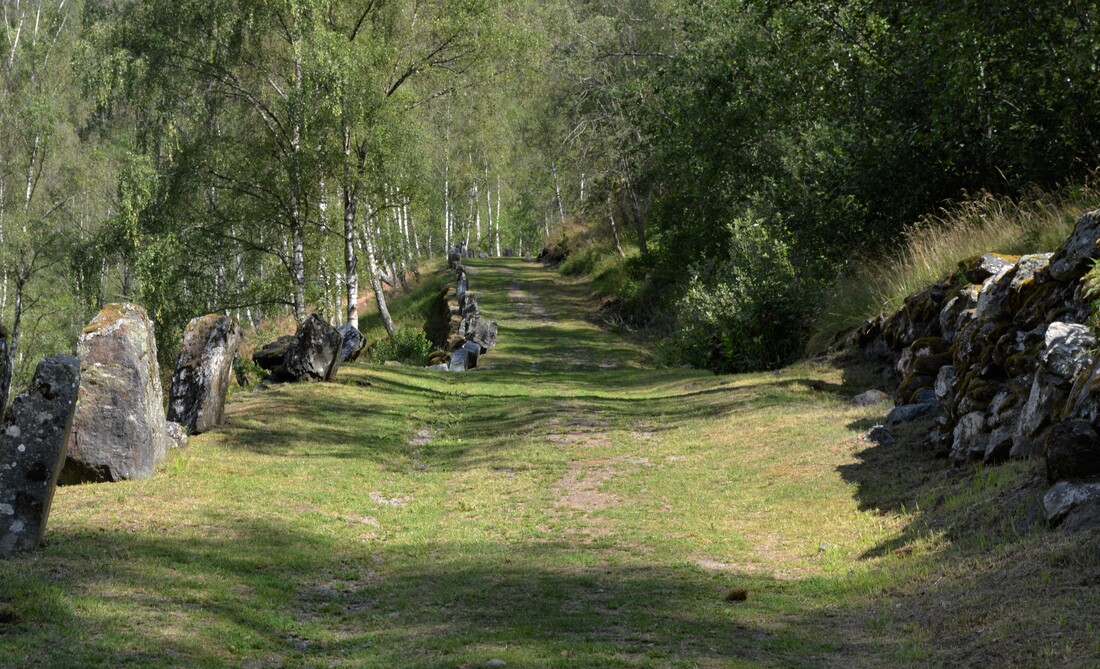what is Norwegian literature?
Norway had a very distinctive literary tradition in the Middle Ages: that of Eddaic poems and skaldic verse in Old Norse. The former are essentially narrative poems connected with Norse mythology. The latter is mainly characterised by the use of alliteration. It differs from the former by the fact that it is treated as the achievement of an individual (skald is simply a poet), while the Eddas are seen as a fruit of trans-individual tradition. The most famous Norwegian skalds were Bragi Boddason, or Bragi the Old (first half of the 9th century), and Eyvindr Skáldaspillir, the court poet of Hákon the Good (10th c.).
Norway entered in contact with Christianity, thus a more general European culture, from the year 1000 on. This new network of contacts, stretching to Iceland on the one hand, and southward on the other, led to the literary flourishing of the 12 and 13th centuries. In contrast, the centuries from the 14th to the 19th are considered the Norwegian dark age; it coincided with the Scandinavian Union and later on, the Dano-Norwegian Union. At that time, the Danish replaced Norwegian as the language of written expression and the main cultural and intellectual centre shifted to Copenhagen. Finally, at the beginning of the 19th century, the revival of identity and the fight for independence enlivened the necessity of literary expression. In 1811, a university was created in Christiania (today's Oslo). Forced separation from Denmark and connection to Sweden launched the political debate. The era of nationalistic Romanticism was illustrated by Henrik Ibsen.
Another rich movement in Norwegian letters was connected to realist and naturalist inspirations. The period brought about the novelistic work of Knut Hamsun, the first of the Norwegian Noble Prize winners; the other one was Sigrid Undset in 1928. Also at the time, it makes sense to speak about joint Danish-Norwegian literature. The full cultural autonomy of the country came true later on in the post-ww2 period, a process in which the traumas of German occupation and armed resistance probably played an important role.
The most famous Norwegian novel, Hamsun's Sult, speaks of hunger. As I muse about it, it crossed my mind to ask when Norway became the world's richest nation. Apparently, it was quite wealthy already in the 1870s due to the exportation of timber and shipping services. As a consequence of the Reformation, the Norwegians adopted Protestant ethics and developed their literacy, a fact that helped to build up a highly qualified workforce. Hamsun's hero was just an isolated individual in a country in which hunger could only become an object of literary exploration.
Norway entered in contact with Christianity, thus a more general European culture, from the year 1000 on. This new network of contacts, stretching to Iceland on the one hand, and southward on the other, led to the literary flourishing of the 12 and 13th centuries. In contrast, the centuries from the 14th to the 19th are considered the Norwegian dark age; it coincided with the Scandinavian Union and later on, the Dano-Norwegian Union. At that time, the Danish replaced Norwegian as the language of written expression and the main cultural and intellectual centre shifted to Copenhagen. Finally, at the beginning of the 19th century, the revival of identity and the fight for independence enlivened the necessity of literary expression. In 1811, a university was created in Christiania (today's Oslo). Forced separation from Denmark and connection to Sweden launched the political debate. The era of nationalistic Romanticism was illustrated by Henrik Ibsen.
Another rich movement in Norwegian letters was connected to realist and naturalist inspirations. The period brought about the novelistic work of Knut Hamsun, the first of the Norwegian Noble Prize winners; the other one was Sigrid Undset in 1928. Also at the time, it makes sense to speak about joint Danish-Norwegian literature. The full cultural autonomy of the country came true later on in the post-ww2 period, a process in which the traumas of German occupation and armed resistance probably played an important role.
The most famous Norwegian novel, Hamsun's Sult, speaks of hunger. As I muse about it, it crossed my mind to ask when Norway became the world's richest nation. Apparently, it was quite wealthy already in the 1870s due to the exportation of timber and shipping services. As a consequence of the Reformation, the Norwegians adopted Protestant ethics and developed their literacy, a fact that helped to build up a highly qualified workforce. Hamsun's hero was just an isolated individual in a country in which hunger could only become an object of literary exploration.
I have readKnut Hamsun, Sult | Hunger (1890)
Henrik Ibsen, Et dukkehjem | A Doll House (1879), Peer Gynt (1867) |
Vertical Divider
|
I have written... nothing ...
|
|
Vertical Divider
|
Landscapes of EmptinessI'm searching my Multilingual Library for Norwegian literature, as well as any guides, maps or travel books that might serve us, my husband and me, in our trip to Norway this summer. Some beautiful northern pictures are bound to appear on this page in a couple of months. In the meantime, I try to get on with some reading. I also bought a beginner's manual of Norwegian language; that would be something like my 22nd language, but I simply cannot deny myself such simple pleasures. Certainly, it is an extravagance. Why should I read anything whatsoever in Norwegian, let alone speak it? Norway, with its mere four or five millions of inhabitants, is famous for being one of the world's richest - as well as most democratic - countries, but not necessarily for its literature. Even though, there are few places in the world that are not represented, however cheaply and imperfectly, in my Multilingual Library. And soon I found a Baedeker and a map. I also find a tiny anthology of Norwegian prose in Polish translation published by Świat Literacki. They must have offered me the book, together with some more from the same series, when they wanted me to make a similar Portuguese one for them; in the end, there was nothing of it. But the selection of Norwegian stories stayed with me ever since. Now it is obsolete, and I will leave it at the local public library. In the meantime, I put my eyes, at least, on some names of Norwegian authors that made their way to this little Polish anthology: Kjell Askildsen, Tor Åge Bringsværd, Lars Sabye Christensen, Roy Jacobsen, Øystein Lønn, Herbjørg Wassmo, and Bjørg Vik. They represent the literature that was read a quarter of a century ago, if not more, in the 1980s and early 1990s; the taste must be very different by now. But I like Askildsen's Thomas F's siste nedtegnelser til almenheten (Ostatnie zapiski Tomasza F. dla publiczności in my Polish version), first published in 1983. I suppose it corresponds to my unnamed expectation of what Norwegian prose might look like, such a vision of a solitary, but self-reliant and bitterly ironic old man, so tough and so jealous about his place in the world. Especially at the moment when his death appears to be heavily overdue. I came to my old home to get rid of many items from my Multilingual Library; I cannot and do not want to take it to the Netherlands as it is. I want to leave behind many such books as this modest, and now obsolete anthology of Norwegian prose. In the Netherlands, I want my collection to be richer, more beautiful, better edited, and up-to-date. Such a shabby little book in Polish testifies of my modest beginnings, makes me feel ashamed of possessing it, as if it were a proof that all my knowledge and reading in World Literature was just this, a glance through a key hole. But somehow, Tomas F. also make me anticipate my own old age, first throwing memories to make place for some sort of deviant collection, and then burning drawers and cupboards that remained empty. Only to increase the general emptiness of the room. Antologia współczesnej prozy norweskiej, ed. Anna Marciniakówna, trans. Lucyna Chomicz-Dąbrowska, Ela Hygen, Anna Marciniakówna, Iwona Zimnicka, Izabelin, Świat Literacki, 1996. Kraków, April 13th, 2019 |
|
Vertical Divider
|
In ChristianiaOslo, June 23th, 2019
I discover that I've had a Norwegian book ever since I was a teenager, and my Multilingual Library could comfortably stand on just a single bookshelf. In hard cover, it adorned my bookshelf since its very beginnings, together with Bhagavadgita and Eliot's Waste Land. It was Sult (Hunger, 1890) by Knut Hamsun, a novel that, for some reason, apparently was regarded as important in Poland at the time; probably by the fact that the author had been distinguished with a Nobel prize. Today I'm not sure if it is an important book in World Literature; rather an "ultraminor", just like Multatuli's Max Havelaar or any other great novel from a greater-minor European literature. Be that as it may, I've read it again at the airport, and it captivated me enormously; I remembered only glimpses of it from my youth. But what does it actually tell me? The literary physiology of hunger is persuasive for sure, and I do recognise a sort of non obvious truth about how the hungry man actually misses several opportunities of eating, as if he considered himself intrinsically unworthy of being fed. Somehow it brought me back my own experience of being poor. And reading this as a way of approaching the richest country in the world is an illuminating paradox. Showing how recent are the riches of the world's richest, and how historical distribution of privilege may shift and change.
|
Lillehammer
Leaving Oslo, we head north in the direction of Trondheim. Our first destination is Lillehammer, a town that became famous with the 1994 Winter Olympic games, but it would remain just an average Scandinavian location without Maihaugen, the largest skansen in Norway. The largest toutes proportions gardées, because all Norwegian collections - of whatever culturally significant artefacts might be gathered - surprise by their modest size. After a glance upon small historical and ethnographic expositions in the visitor's centre, we enjoy walking through the terrain full of little lakes and forests where the ancient building have been relocated. The clue of the whole is the Garmo stave church, built around 1150.
Røros
After a day spent in the Rondane National Park, we arrived at Røros, a little mining town that arouse since 17th century around a copper mine. Today, the town makes a touching scenery, with its low wooden houses, tarnished to a profound dark brown hue, its turf roofs covered with living grass and herbs, and a sewing machine that I spotted in one of the illuminated windows, as if the modest domestic economy was still going on unchanged in the currently world's richest country.
I'd lost many interesting images, since we were pressed to arrive in time for a traditional spectacle reproducing, against a minimalist scenography of the mine's slag heaps, an episode of the Great Northern War, occurred in 1718, when the town was taken by the Swedish army. Far from depicting any daring deeds or military glories, the spectacle is a living memorial to a great tragedy, known in the European history as the Carolean Death March (karolinernas dödsmarsch): 3 000 insufficiently equipped soldiers perished due to harsh weather conditions in the Tydal mountains, northwest of Røros.
Røros got its literary fame due to Johan Falkberget, a 20th-century writer who gave the testimony of the lives of the miners in such works as the trilogy Christianus Sextus (1927-1935). I managed to scavenge the book from one of these little bibliomaniac "birdfeeders" where people leave books they no longer wish to possess. Although I can hardly decipher the Norwegian text, or guess whatever its meaning might be, it is certainly a nice souvenir and a valuable acquisition to my Multilingual Library.
I'd lost many interesting images, since we were pressed to arrive in time for a traditional spectacle reproducing, against a minimalist scenography of the mine's slag heaps, an episode of the Great Northern War, occurred in 1718, when the town was taken by the Swedish army. Far from depicting any daring deeds or military glories, the spectacle is a living memorial to a great tragedy, known in the European history as the Carolean Death March (karolinernas dödsmarsch): 3 000 insufficiently equipped soldiers perished due to harsh weather conditions in the Tydal mountains, northwest of Røros.
Røros got its literary fame due to Johan Falkberget, a 20th-century writer who gave the testimony of the lives of the miners in such works as the trilogy Christianus Sextus (1927-1935). I managed to scavenge the book from one of these little bibliomaniac "birdfeeders" where people leave books they no longer wish to possess. Although I can hardly decipher the Norwegian text, or guess whatever its meaning might be, it is certainly a nice souvenir and a valuable acquisition to my Multilingual Library.
Geirangerfjord
The way of land access to the town of Geiranger is the so called Eagle road, winding through the mountain region full of abysses and waterfalls. Everything heading sharply down. The discreet elegance of the Hotel Union (heated outdoor pool with a splendid view) compensates the perils of the descent. Later on, a ferry takes us for a one hour journey along (not across) the UNESCO listed fjord, the beauty of which consists in numerous waterfalls falling down the abrupt slopes.
Borgund stavkyrkje
The stave church is a type of medieval wooden construction once typical for northwestern Europe. The name comes from the Old Norse stafr (or stav in contemporary Norwegian), which is the load-bearing post stuck into the ground. This main structural element is made of ore-pine (malmfuru or malmfura in the northern tongues), a sort of cured pinewood. It was prepared already in the forest, as the old-growth mountain pine destined to be felled was deprived of its branches and left to stand. In this way, the tree's resins were bleeding up, making the heartwood more resinous, and thus resistant to decay. The staves formed the main frame either for palisade construction of the walls (logs split in halves were also stuck into the ground) or for the so called post construction in which the walls are supported by sills, leaving only the staves earth-bound.
The Borgund church was built between 1180 and 1250 and it has sills supported by stone foundations. It follows the basilica plan, with an ambulatory running all the way around the building. In the interior, an open roof truss shows further details of the construction.
The Borgund church was built between 1180 and 1250 and it has sills supported by stone foundations. It follows the basilica plan, with an ambulatory running all the way around the building. In the interior, an open roof truss shows further details of the construction.
Vindhella and the Kongevegen
Vindhella is where one of the most famous stretches of road in Norway is to be found.





